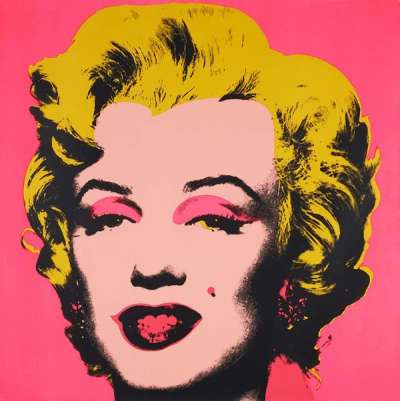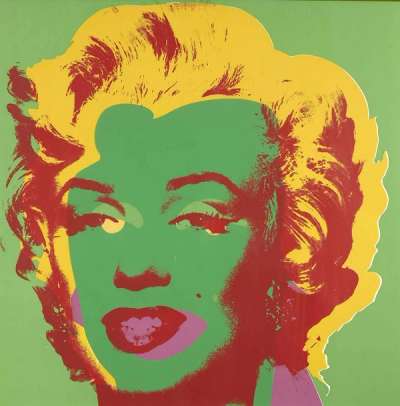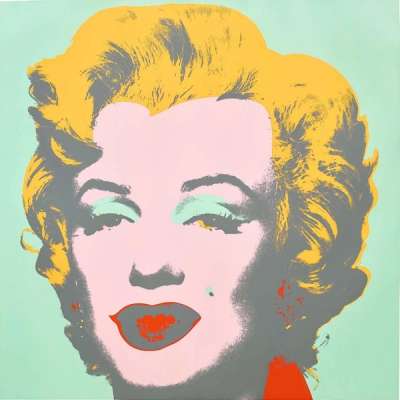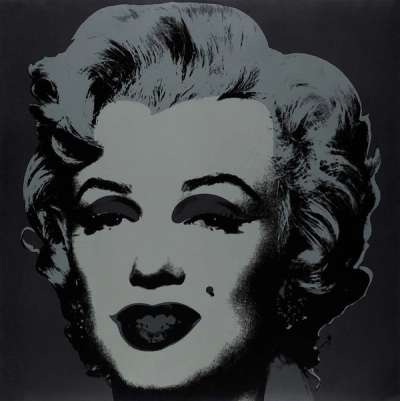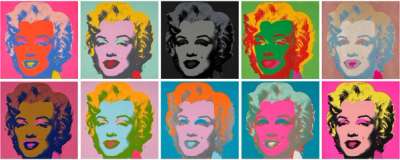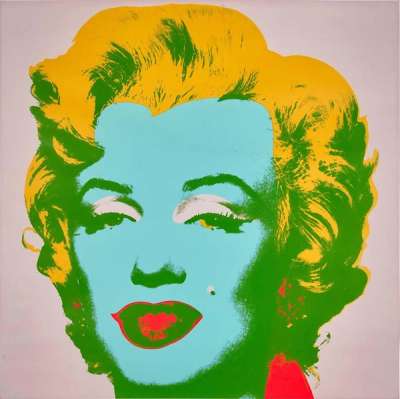Marilyn
Monroe
Begun in 1962, Andy Warhol’s universally recognisable Marilyn screen-prints immortalise the Hollywood star in her prime. Creating the paintings and subsequent prints of Marilyn Monroe in response to her tragic death, Warhol displays his lifelong obsession with the iconoclastic glamour and seedy intrigue of pop culture.
Andy Warhol Marilyn Monroe for sale
Sell Your Art
with Us
with Us
Join Our Network of Collectors. Buy, Sell and Track Demand
Meaning & Analysis
The pinnacle, the definitive work of Pop Art, Andy Warhol’s Marilyn Monroe is immediately recognisable in all its bright, glamorous glory. It is a vibrant and glamorous portrayal of the actress Marilyn Monroe that has become symbolic of 20th century popular culture. The series exemplifies Warhol’s pioneering printmaking technique, a medium that the artist found best suited his mission to reflect the icons and products of mass culture at the time.
Warhol was a highly experimental printmaker and the screen print technique allowed him to explore the range of graphic possibilities in a single image, manipulating colour and creating contrasting effects with each repetition. This act of printing and painting in multiple variations demonstrates Warhol’s playfulness with typical art processes that would lead him to a new phase of commercial painting.
“I wanted something stronger that gave more of an assembly line effect. With silk screening you pick a photograph, blow it up, transfer it in glue onto silk, and then roll ink across it so the ink goes through the silk but not through the glue. That way you get the same image, slightly different each time. It was all so simple quick and chancy. I was thrilled with it. When Marilyn Monroe happened to die that month, I got the idea to make screens of her beautiful face the first Marilyns.” — Andy Warhol.
Warhol first depicted Monroe shortly after her death in 1962 in the Marilyn Diptych, a series of screen print paintings based on a 20th Century Fox still taken by Gene Kornman from the 1953 film Niagara.
Warhol’s fascination with Monroe’s image continued in the years following and in 1967 the artist created a portfolio of 10 screen prints based on the same photograph as his iconic 1962 portrait. This body of work would later become the largest screen print series of Warhol’s career, establishing him in both critical and popular acclaim. As demonstrated by Marilyn Monroe 23 and Marilyn Monroe 27, each print is vibrantly coloured, a style that would be distinctive of Warhol’s subsequent Pop paintings. This radical graphic approach and broad spectrum of colours evokes Monroe’s vivacious yet complex identity, exploring visual representation in American popular culture. Each portrait illustrates a veneer of glamour and celebrity that seems impenetrable, whilst also hinting toward the darker realities of fame in contemporary society.
